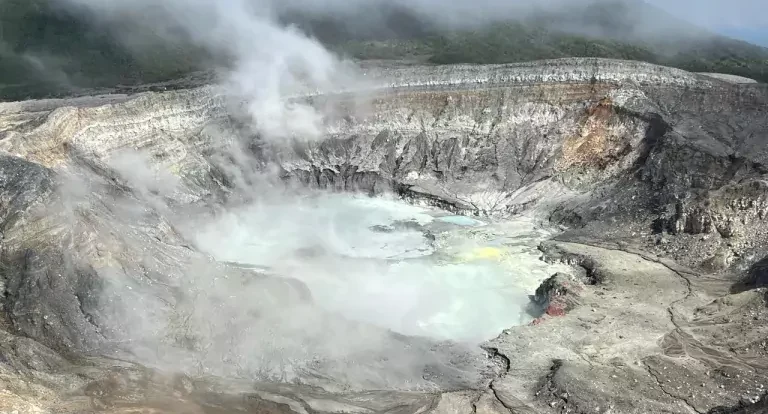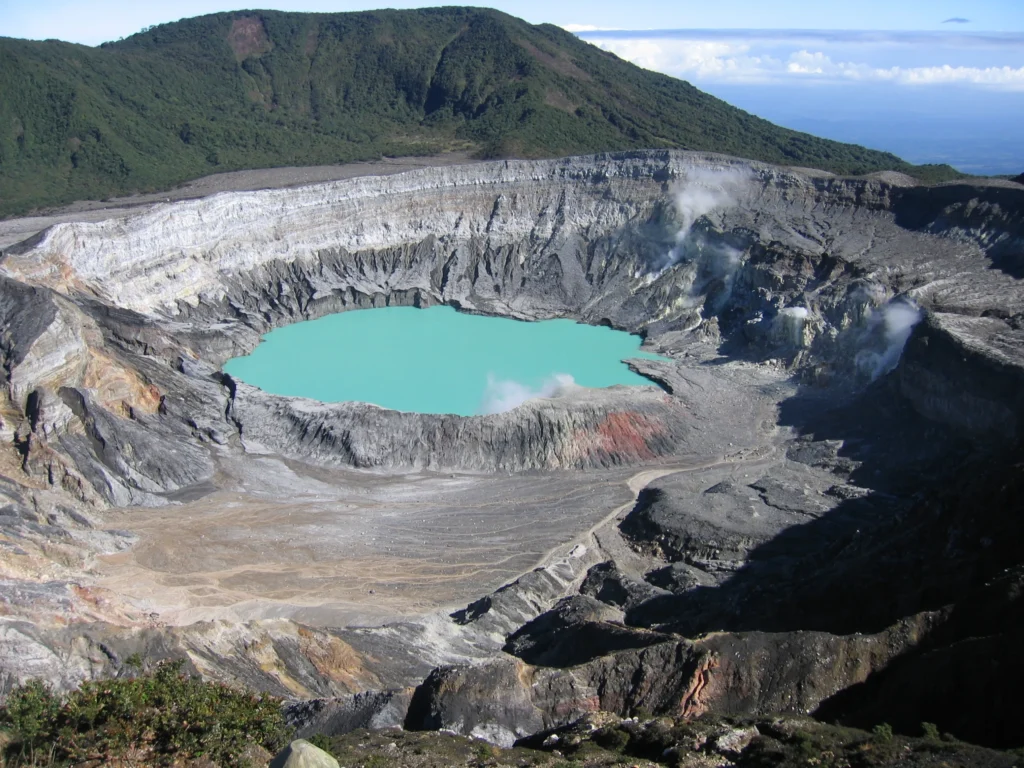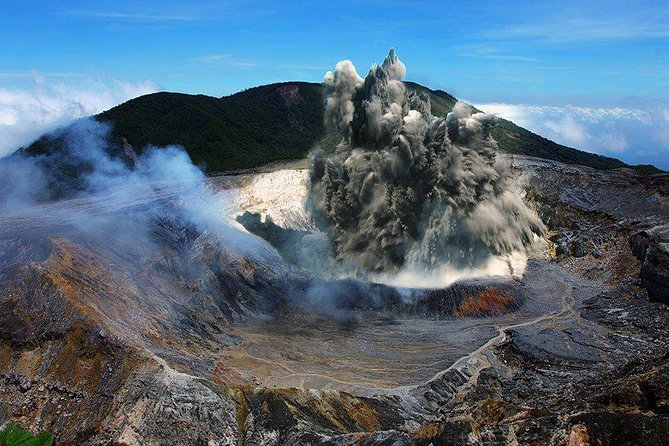Alert in Costa Rica due to Poas Volcano Eruptions: Why do these eruptions occur?

Poas Volcano
Last Monday, Costa Rica witnessed one of the most significant eruptions of the Poas Volcano in the last five years. The Civil Aviation Directorate issued a code yellow due to volcano ash, posing a risk to Juan Santamaria International Airport operations.
Causes and Consequences of Ash Eruptions
Luis Miranda, deputy director of Civil Aviation, warns that ongoing volcanic dust emissions may impair visibility and harm flight controls and aircraft engines. Despite this, operations at the airport have so far proceeded normally.
The Poás Volcano has been under constant monitoring due to an increase in its activity, which led the National Emergency Commission to declare a green alert in several nearby cantons due to the continuous emission of gases and ashes.
Experts point out that Monday’s eruption was considered “passive”, since there were no violent events or release of incandescent materials. They caution that the released ash is fine, dry, and acidic, potentially impacting air quality in nearby communities and causing respiratory issues.


But why does Poás Volcano make these ash eruptions?
Scientists explain that, in the last year, the volcano’s hydrothermal system has experienced a complete drought, which has heated the magmatic system located one kilometer deep. As a result, the volcano is more dynamic and plays an important role in the eruptive process.
There are two possibilities to explain why it erupted. One is that there is more magmatic input to the structure and the other is that there are changes in the hydrothermal system.
Despite the respiratory discomfort reported in communities near the volcano, airport authorities have not received reports of flight diversions due to the ash. Maarten de Moor, volcanologist of the Vulcanological and Seismological Observatory of Costa Rica, indicated that the magnitude of the eruption was not enough to hinder air navigation.
The volcano, which is in the warning category, has maintained significant activity, manifested in small eruptions, gas emissions and seismic swarms. Additionally, a drop in the volcano’s crater lake level has led to increased gas emissions directly into the atmosphere.
The National Emergency Commission has declared an informative green alert in several cantons near the volcano, while the Poás Volcano National Park continues to operate normally, with temporary closure measures in case of gas damage.
Sensorial Sunsets
Navigate articles





